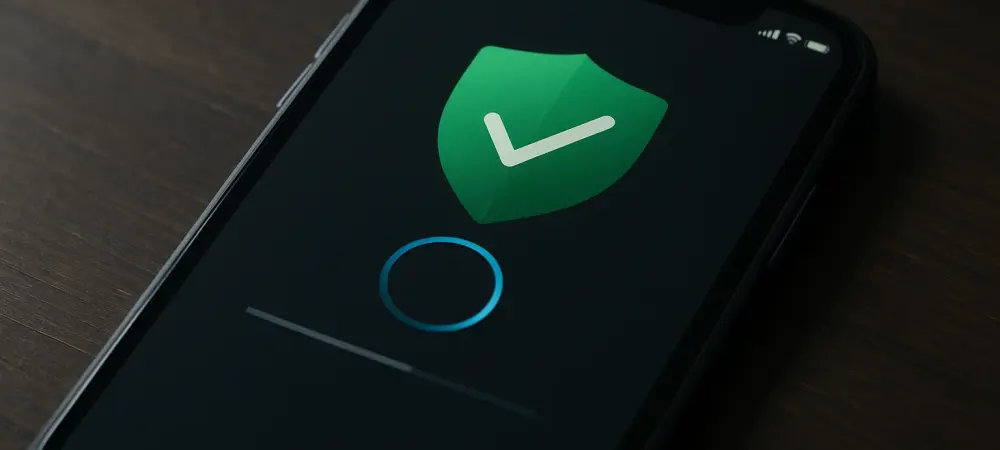In an era where mobile security threats like spyware and scams are escalating at an alarming rate, staying ahead of potential vulnerabilities has never been more critical for smartphone users across the globe, and the upcoming release of iOS 26.1 by Apple promises to be a significant step forward in this ongoing battle. This update offers enhanced protections for iPhone users. Scheduled to roll out imminently, this update is poised to redefine how security patches are delivered, potentially without any user intervention. Beyond the headline features, there are specific settings that can bolster an iPhone’s defenses even before the update is installed. This article delves into the key aspects of iOS 26.1, highlighting why this update matters and detailing essential configurations to adjust right away. With cyber threats becoming more sophisticated, understanding these changes could be the difference between a secure device and a compromised one.
1. What Makes iOS 26.1 a Game-Changer for Security?
The release of iOS 26.1 marks a pivotal moment in Apple’s approach to mobile security, particularly in how updates are managed to protect users from emerging threats. Unlike previous iterations, this version introduces a refined mechanism for delivering security patches silently, meaning vulnerabilities can be addressed without requiring manual action from the user. This is a significant shift, as it minimizes the window of exposure to potential exploits that could otherwise linger until a full update is applied. Reports suggest that Apple has focused on streamlining these background fixes to ensure iPhones remain safeguarded against the latest spyware and other malicious attacks. For users who may not always update immediately, this feature offers peace of mind, knowing that critical defenses are being reinforced behind the scenes. The emphasis on proactive protection underscores Apple’s commitment to widening the security gap over competing ecosystems, especially in light of recent industry challenges.
Beyond the innovative update delivery system, iOS 26.1 is expected to include a robust set of standard security fixes that address issues identified since the last release. This comes at a crucial time when mobile scams and phishing attempts are on the rise, targeting unsuspecting users through various channels. The update’s comprehensive nature aims to tackle these threats head-on, ensuring that iPhones are equipped to handle both known and emerging risks. While exact details of the patches remain under wraps until the official rollout, early indications point to a focus on strengthening core system components. This is particularly relevant given the staggered update processes seen in other platforms, where delays can leave users vulnerable for extended periods. Apple’s near-simultaneous global deployment of iOS 26.1 further highlights its advantage in delivering timely protections, setting a benchmark for efficiency and responsiveness in the mobile security landscape.
2. Essential Settings to Adjust Before Updating
Before installing iOS 26.1, taking a moment to review and adjust certain iPhone settings can significantly enhance protection against common threats like scam calls and messages. One critical area to focus on is call screening, which can be accessed via Settings > Apps > Phone > Screen Unknown Calls. Ensure this is set to “Ask Reason for Calling,” a feature that automatically screens incoming calls from unknown numbers. When enabled, the iPhone displays the caller’s name and stated reason for contacting, along with a recorded voice message, allowing the user to decide whether to answer or ignore. This functionality provides a proactive barrier against fraudulent calls, which have become increasingly sophisticated in mimicking legitimate contacts. Adjusting this setting now ensures that the device is primed to filter out potential risks even before the latest security enhancements from the update take effect.
Another vital configuration lies in managing text-based threats, which can be adjusted under Settings > Apps > Messages > Unknown Senders. Activating both “Screen Unknown Senders” and “Filter Spam” options is essential for reducing exposure to spam and phishing messages. These settings work by isolating messages from unknown sources and blocking interactions such as replying or clicking on embedded links, which are often vectors for malware or scams. This added layer of defense is particularly important given the volume of deceptive texts circulating today, many of which aim to trick users into divulging personal information. By enabling these filters ahead of the iOS 26.1 update, the device gains an immediate safeguard that complements the broader security improvements expected in the release. Taking these steps ensures a fortified stance against digital threats right from the outset.
3. Looking Ahead: Maximizing the Benefits of iOS 26.1
Reflecting on the rollout of iOS 26.1, it becomes clear that Apple has prioritized seamless security enhancements, setting a new standard for user protection in the mobile space. The silent update mechanism and comprehensive fixes address critical gaps that had previously left devices at risk during transition periods. For those who adjusted their settings in advance, the transition proved even smoother, with immediate benefits in filtering out scam calls and messages. Moving forward, users are encouraged to regularly check for additional settings or features introduced in subsequent patches that could further bolster security. Staying proactive by monitoring Apple’s official announcements for tips on optimizing iOS features will be key. Additionally, exploring community forums for user-reported insights can provide practical advice on navigating any unforeseen challenges post-update, ensuring that the full potential of this significant release continues to be realized.

